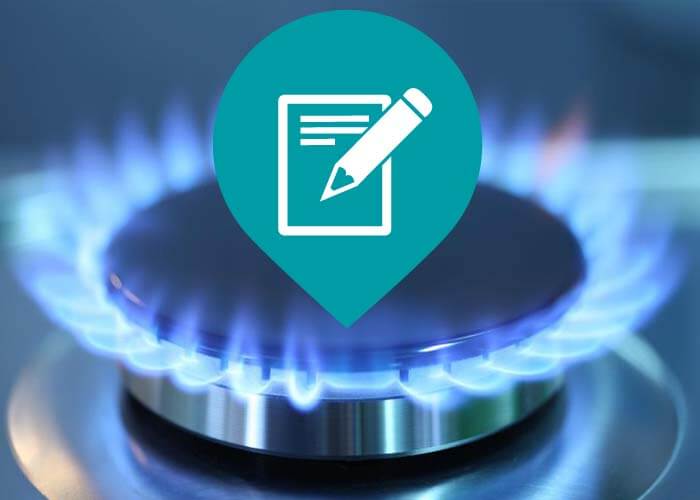
How Does the Gas Distribution System Job?
Exactly how Does the Natural Gas Delivery System Work?
Gas streaming from greater to reduce stress is the essential concept of the gas delivery system. The quantity of stress in a pipe is determined in extra pounds per square inch.
From the well, the natural gas enters into "event" lines, which are like branches on a tree, obtaining bigger as they obtain closer to the main collection factor.
Celebration Equipments
A gathering system might need one or more area compressors to relocate the gas to the pipeline or the processing plant. A compressor is a maker driven by an inner combustion engine or turbine that creates stress to "push" the gas via the lines. Most compressors in the natural gas distribution system use a small amount of natural gas from their own lines as gas.
Some natural gas gathering systems consist of a processing facility, which executes such functions as removing impurities like water, co2 or sulfur that might wear away a pipe, or inert gases, such as helium, that would certainly minimize the power worth of the gas. Handling plants also can eliminate small quantities of lp and also butane. These gases are made use of for chemical feedstocks and other applications.
The Transmission System
From the event system, the natural gas steps right into the transmission system, which is generally made up of regarding 272,000 miles of high-strength steel piper.
These big transmission lines for gas can be compared to the country's interstate freeway system for autos. They move huge quantities of natural gas thousands of miles from the generating regions to local distribution firms (LDCs). The stress of gas in each section of line generally varies from 200 pounds to 1,500 pounds per square inch, relying on the type of area in which the pipe is running. As a safety measure, pipes are created and created to take care of far more stress than is ever before actually reached in the system. As an example, pipelines in even more populated areas run at less than one-half of their design pressure level.
Lots of significant interstate pipelines are "knotted"-- there are two or even more lines running parallel to each other in the exact same right of way. This provides optimum ability throughout durations of peak need.
Compressor Stations
Compressor terminals lie about every 50 to 60 miles along each pipe to improve the stress that is lost through the rubbing of the natural gas relocating with the steel pipe. Numerous compressor terminals are completely automated, so the equipment can be started or stopped from a pipeline's central control space. The control space can likewise remotely operate shut-off valves along the transmission system. The operators of the system keep in-depth operating information on each compressor station, and continuously change the mix of engines that are going to make the most of performance and also security.
Gas relocations through the transmission system at approximately 30 miles per hr, so it takes numerous days for gas from Texas to come to an energy invoice point in the Northeast. Along the way, there are several affiliations with various other pipes as well as other utility systems, which supplies system drivers a good deal of adaptability in moving gas.
Linepack
A 50-mile area of 42-inch transmission line operating at around 1,000 extra pounds of stress contains around 200 million cubic feet of gas-- adequate to power a kitchen range for more than 2,000 years. The quantity of gas in the pipeline is called the "linepack.".
By elevating as well as decreasing the pressure on any type of pipeline segment, a pipeline business can make use of the section to store gas throughout durations when there is much less need at the end of the pipe. Utilizing linepack by doing this permits pipe operators to deal with per hour changes popular really effectively.
Natural gas pipes and utilities utilize really advanced computer system models of customer demand for gas, which connect everyday as well as per hour consumption fads with seasonal and also environmental aspects. That's why consumers can depend on the dependability of gas-- when it's needed, it exists.
Gateway Terminals.
When the natural gas in a transmission pipeline reaches a local gas utility, it usually passes through a "gate station." Energies frequently have gate terminals receiving gas at many different locations and also from several different pipelines. Gate stations serve three functions. First, they decrease doğalgaz kaçak tamiri izmir the stress in the line from transmission levels (200 to 1,500 extra pounds) to circulation degrees, which range from 1/4 pound to 200 pounds. After that an odorant, the unique sour fragrance connected with gas, is included, to ensure that customers can smell even small quantities of gas. Finally, eviction terminal gauges the flow price of the gas to determine the amount being received by the energy.